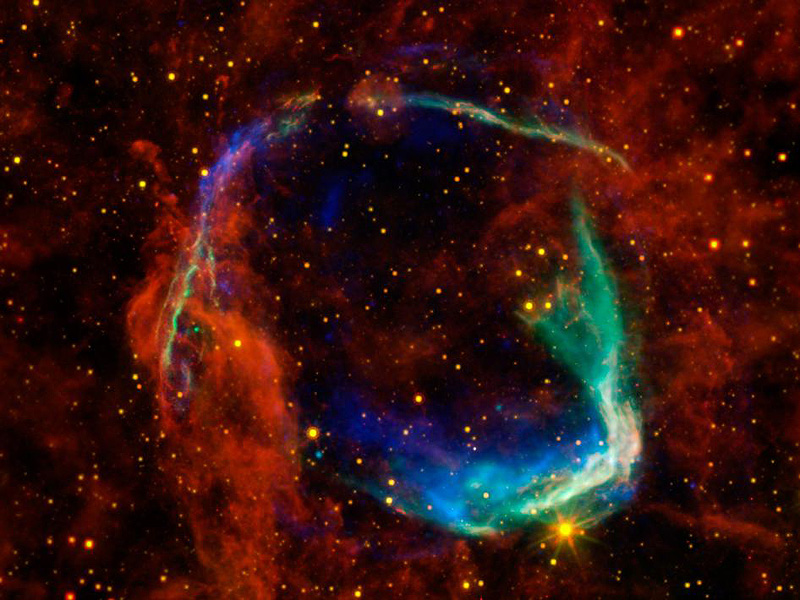This image combines data from four different space telescopes to create a multi-wavelength view of all that remains of the oldest documented example of a supernova, called RCW 86. (Image credit: NASA/ESA/JPL-Caltech/UCLA/CXC/SAO)
Home This image combines data from four different space telescopes to create a multi-wavelength view of all that remains of the oldest documented example of a supernova, called RCW 86. (Image credit: NASA/ESA/JPL-Caltech/UCLA/CXC/SAO) This image combines data from four different space telescopes to create a multi-wavelength view of all that remains of the oldest documented example of a supernova, called RCW 86. (Image credit: NASA/ESA/JPL-Caltech/UCLA/CXC/SAO)



